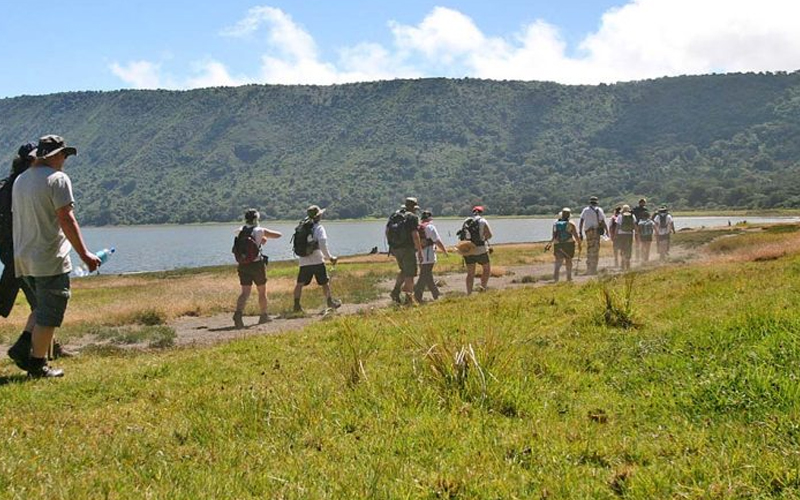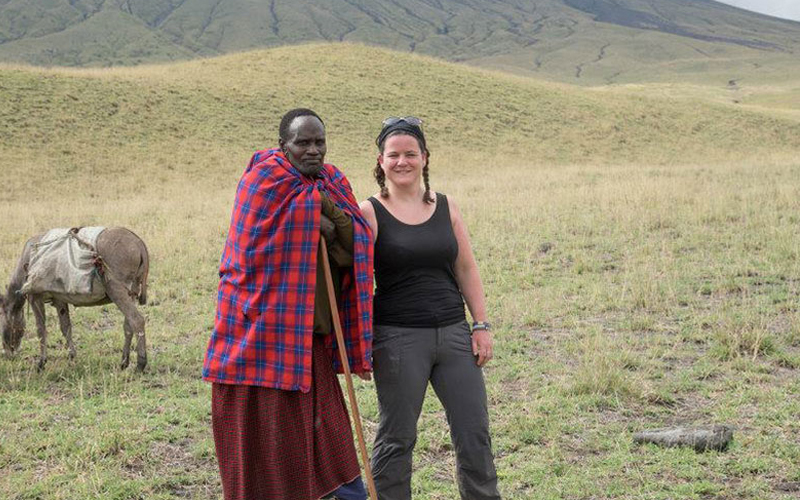Tanzania’s New Safari Packages: Explore the Wild in 2025
“Not ready to start yet?”
“Schedule a quick, 15-minute call with an expert tour operator to get ideas on where to go and how long to spend in each place.”
Tanzania is renowned for its awe-inspiring landscapes, from the towering peak of Mount Kilimanjaro to the vast plains of the Serengeti. In 2024, trekking tours in Tanzania are undergoing exciting changes to make these adventures more accessible, eco-friendly, and culturally immersive. Whether you’re aiming to conquer Kilimanjaro, hike the lesser-known Usambara Mountains, or explore the volcanic landscapes of Ol Doinyo Lengai, Tanzania’s trekking tours have been revamped to offer a richer, safer, and more sustainable experience.
In this article, we’ll dive into what’s new in Tanzania’s trekking tours for 2024. From upgraded trekking routes and eco-friendly accommodations to digital permit systems and community-driven experiences, here’s everything you need to know about Tanzania’s trekking adventures this year.

The overhaul in Tanzania’s trekking industry is driven by several factors, including the rise of eco-tourism, growing global awareness of sustainability, and the desire for more immersive and responsible travel experiences. With these new shifts, Tanzania is not only enhancing the trekking experience but also ensuring the preservation of its stunning natural resources and supporting local communities that depend on tourism.
Key influences shaping the industry include:
Now, let’s explore how these trends are transforming the trekking experience in Tanzania in 2024.
Sustainability is at the forefront of the changes being introduced to Tanzania’s trekking tours. As more travelers prioritize eco-friendly practices, trekking companies are increasingly adopting green initiatives to reduce their environmental footprint.
Key Developments:
Example: Kilimanjaro Green Adventures is one of the operators leading this change. They’ve introduced solar-powered charging stations at campsites, eco-friendly water filtration systems, and biodegradable packaging for food supplies, making it possible for trekkers to minimize their environmental impact while enjoying the great outdoors.
Tanzania is home to some of the most iconic trekking routes, but as interest grows, so does the need to ensure the safety and sustainability of these trails. In 2024, several of Tanzania’s famous routes will see upgrades in infrastructure to enhance both safety and accessibility.
Upgrades to Expect:
Example: The Northern Circuit Route on Mount Kilimanjaro has been upgraded with new rest stops and solar-powered shelters to improve the trekking experience. This quieter, more scenic route is gaining popularity for its lower traffic and stunning panoramic views of the mountain.
As part of Tanzania’s broader move toward digitalization, 2024 sees the introduction of digital permits for trekking, similar to the system already being used in the country’s national parks. This shift simplifies the process of obtaining permits for iconic treks like Mount Kilimanjaro and Mount Meru, reducing paperwork and improving efficiency.
Benefits of Digital Permits:
Example: The Kilimanjaro National Park Authority has fully implemented digital permits for the 2024 trekking season. Trekkers can now apply for and pay for permits online, receive a QR code, and simply scan it at checkpoints before starting their journey.

A significant trend for 2024 is the rise of cultural treks that offer travelers a chance to engage with Tanzania’s rich cultural heritage. These tours provide immersive experiences that go beyond nature, allowing trekkers to interact with local communities, learn about indigenous cultures, and directly contribute to local economies.
What’s New:
Example: The Kilimanjaro Porters Assistance Project (KPAP) is an initiative that ensures fair treatment of porters working on Kilimanjaro treks. In 2024, more operators are partnering with KPAP to improve working conditions, pay fair wages, and provide equipment for porters.
Trekking in Tanzania comes with its share of challenges, from high altitudes to remote terrains. To improve the safety of trekkers, Tanzania has implemented new health and safety protocols in 2024. These updates are designed to ensure that both trekkers and guides are better prepared for the physical demands of trekking in challenging environments.
Key Safety Improvements:
Q1: What are the new trekking routes in Tanzania for 2024?
A: While classic routes like Mount Kilimanjaro remain popular, new routes such as the Ngorongoro Highlands Trek and lesser-known paths in the Usambara Mountains are gaining attention for offering unique, less-crowded experiences.
Q2: How are trekking tours becoming more eco-friendly?
A: In 2024, trekking tours in Tanzania are embracing solar-powered camps, improved waste management, and eco-friendly lodges that run on renewable energy. Many operators are adopting “leave no trace” practices and offering carbon offset programs.
Q3: What’s the benefit of using digital permits for trekking?
A: Digital permits simplify the process of booking and securing trekking spots, reduce paperwork, and help with monitoring visitor numbers, ensuring that routes aren’t overcrowded and minimizing environmental impact.
Q4: Are cultural experiences included in the new trekking tours?
A: Yes, many trekking tours in 2024 include opportunities to visit local communities, engage in cultural exchanges with Maasai, Chaga, or Hadzabe people, and learn about indigenous lifestyles while contributing to the local economy.
Tanzania’s trekking tours are getting a much-needed makeover in 2024, blending adventure with sustainability and cultural immersion. Whether you’re scaling the heights of Kilimanjaro, exploring the lush Usambara Mountains, or seeking out the volcanic craters of Ol Doinyo Lengai, these new developments are designed to make your trekking experience safer, greener, and more rewarding.
As Tanzania continues to evolve as a top destination for eco-conscious travelers, the future of trekking here promises to be an unforgettable blend of natural beauty, local culture, and responsible tourism. So, lace up your boots, grab your trekking poles, and get ready to explore Tanzania like never before—on foot and with a lighter footprint!
Sign-up to get top travel tips, the coolest new videos and the best on the road stories straight to your Inbox. Plus You'll be the first to hear about our discounts and deals
Leave a comment